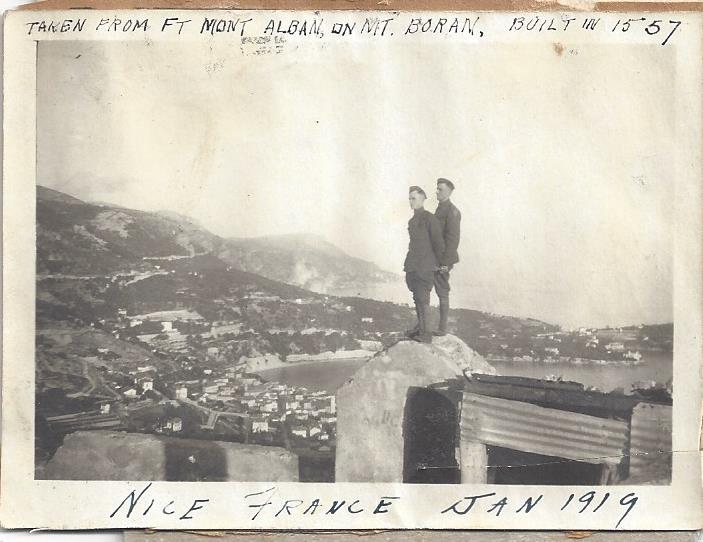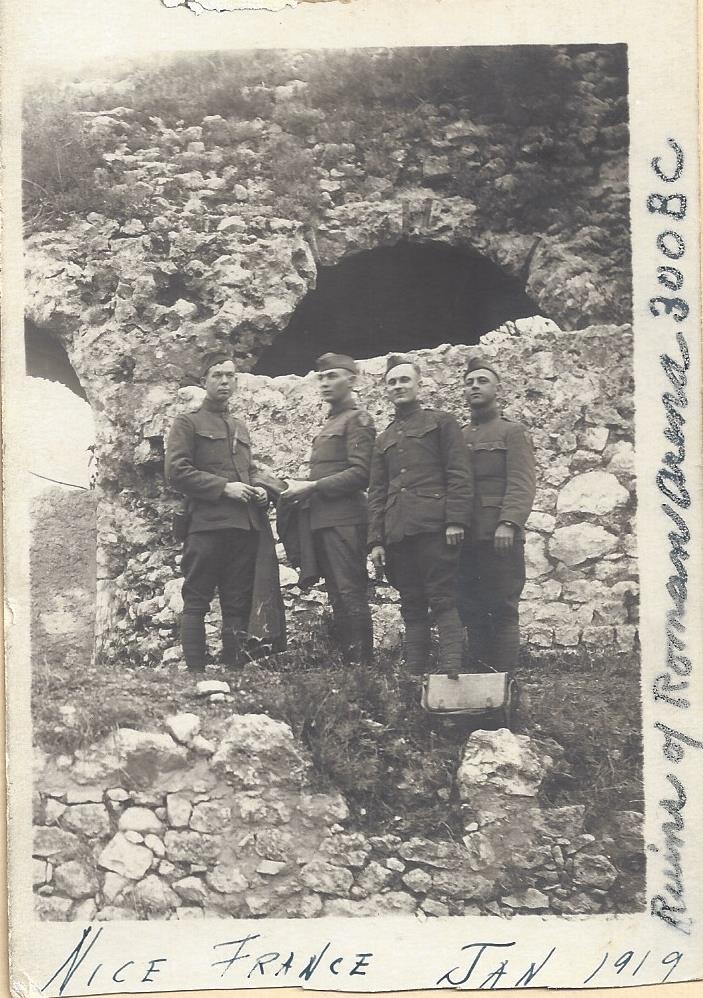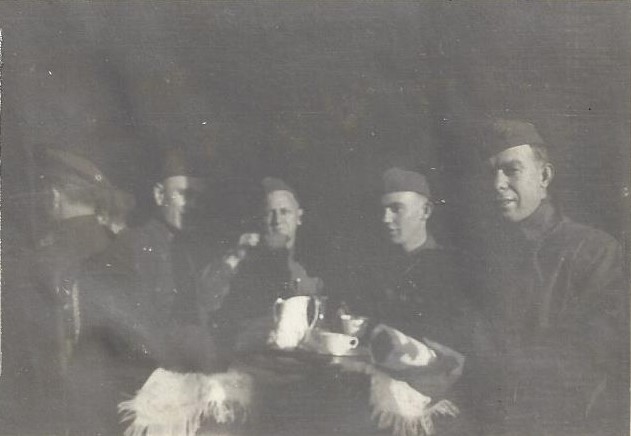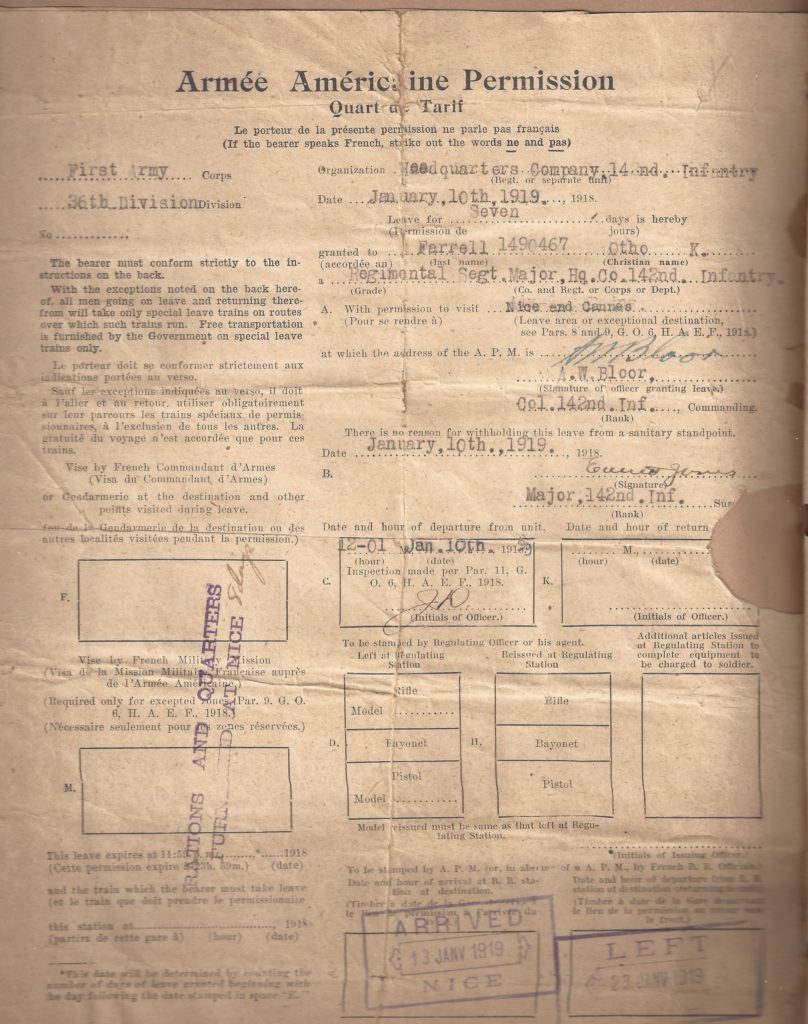
As 1918 faded into 1919, American commanders were aware of a problem in France. With the fighting over, more than two million American servicemen suddenly had some free time. Although Germany had signed an Armistice on November 11th, it would be a long time before American troops would reach home. There were two reasons why Doughboys would remain in Europe a while longer.
Firstly, a peace treaty was only now being negotiated in Paris. President Woodrow Wilson arrived in France on December 13 to lead the American delegation to the Paris Peace Conference. The Conference itself did not get underway until January 18, 1919. It was a lengthy process. But until a peace treaty was signed, the war was not yet over. American soldiers had to remain in France as a guarantee that Germany would accept the terms of the Conference.
Secondly, there just weren’t enough ships. It had taken eighteen months to bring the American Expeditionary Forces to Europe. Even with a negotiated peace, it would take months to bring them home. Until that time, AEF commander John J. Pershing and his staff would have to keep the men busy making peace instead of war. That task would require all their ingenuity.
O.K. gets a pass
The first tactic in keeping the men occupied was the generous use of leave policy. The AEF was aided in France by nearly thirteen thousand welfare volunteers during World War One. These volunteers came from the United States with organizations such as the American Red Cross, the Knights of Columbus, the Salvation Army and most notably the YMCA. These and other organizations had outposts in the field, sometimes even in areas under German shellfire. After the Armistice, they organized local centers for sports and social events near the troops. They also organized rest areas for American soldiers on leave.
Twelve months after his last leave, Regimental Sergeant Major O.K. Farrell got a ten-day pass. The destination was the Côte d’Azur: Cannes, Nice and Monaco. It was by far his best time in France. He wrote many postcards home to his family and to his girlfriend, Gladys Loper. He toured the sights including Monaco and Menton and even across the Italian border.
Even more than the French Riviera, Paris was a popular destination for soldiers on leave. American servicemen managed to tour England, Ireland, Italy and even Greece during their service in the AEF.





